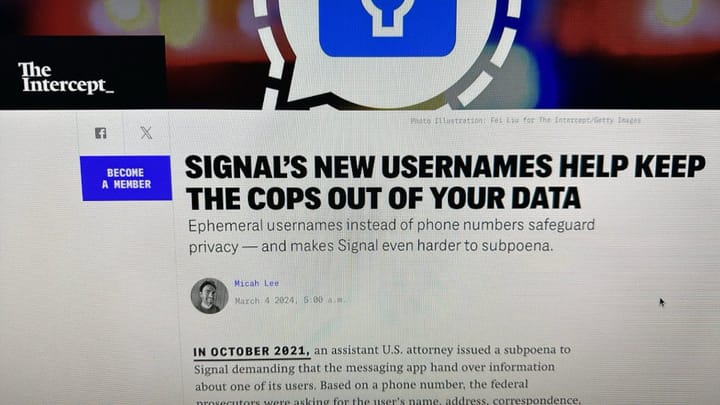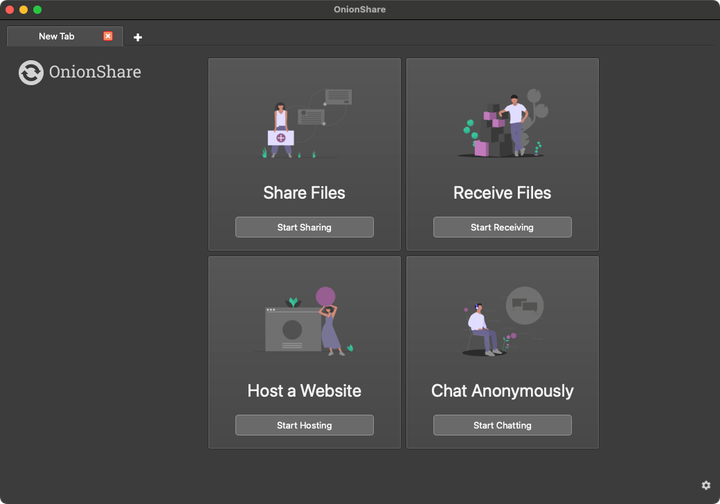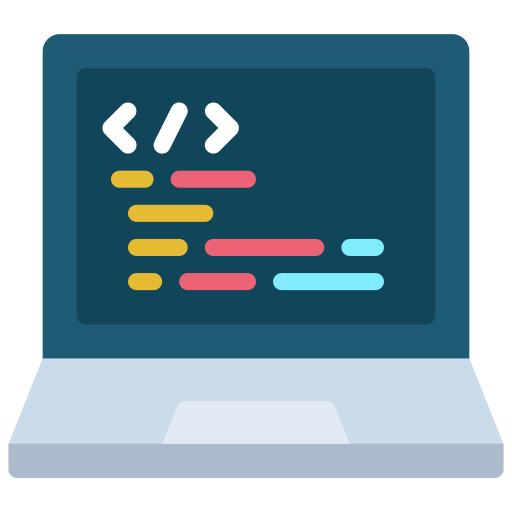


Not only is Substack right-wing broligarchy garbage, it's way more expensive than Ghost

Like a phoenix, Semiphemeral will rise from the ashes

The Intercept laid me off

OnionShare 2.6.1 released, and I wasn't even the one who did it!


